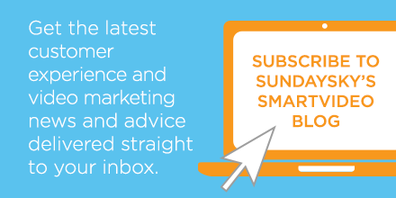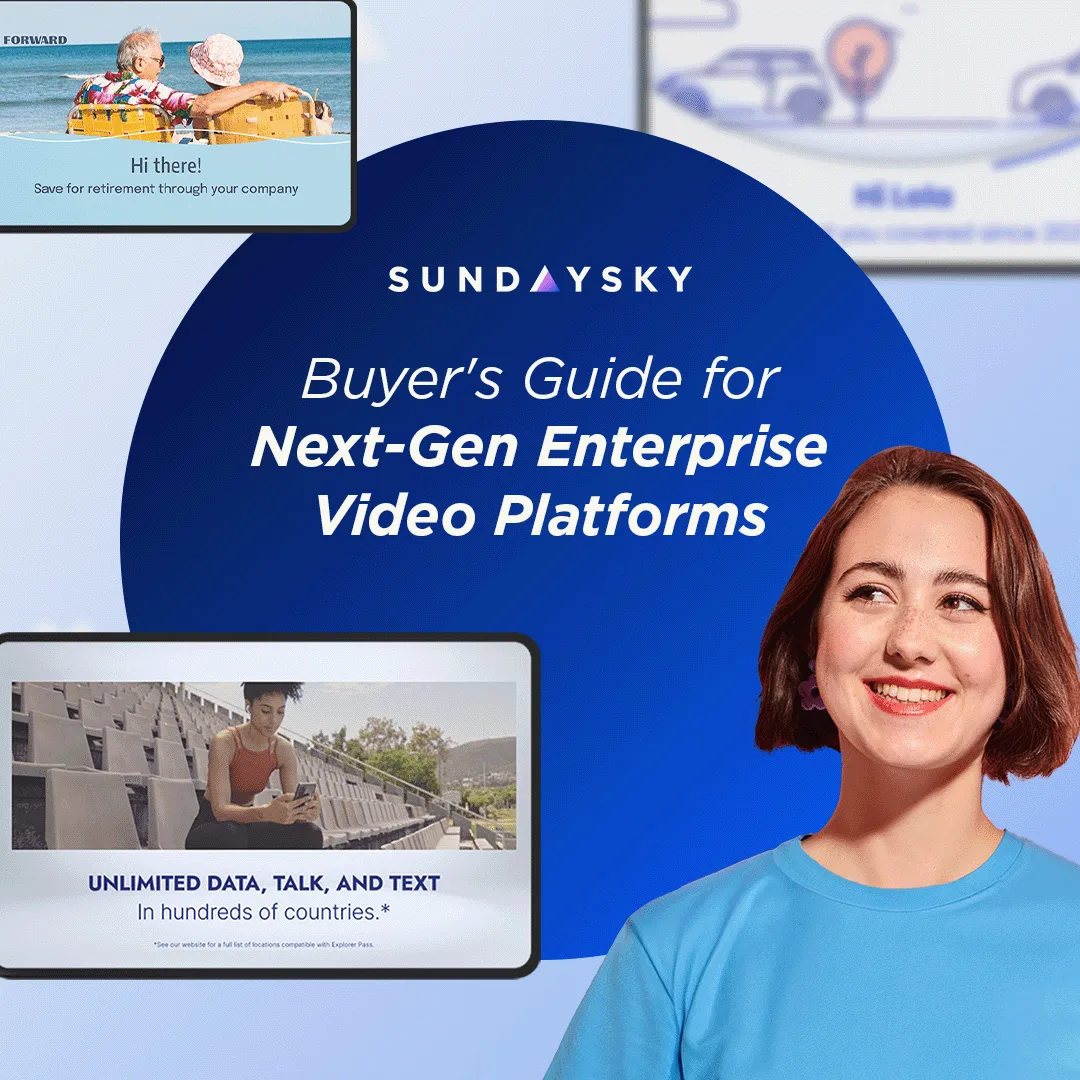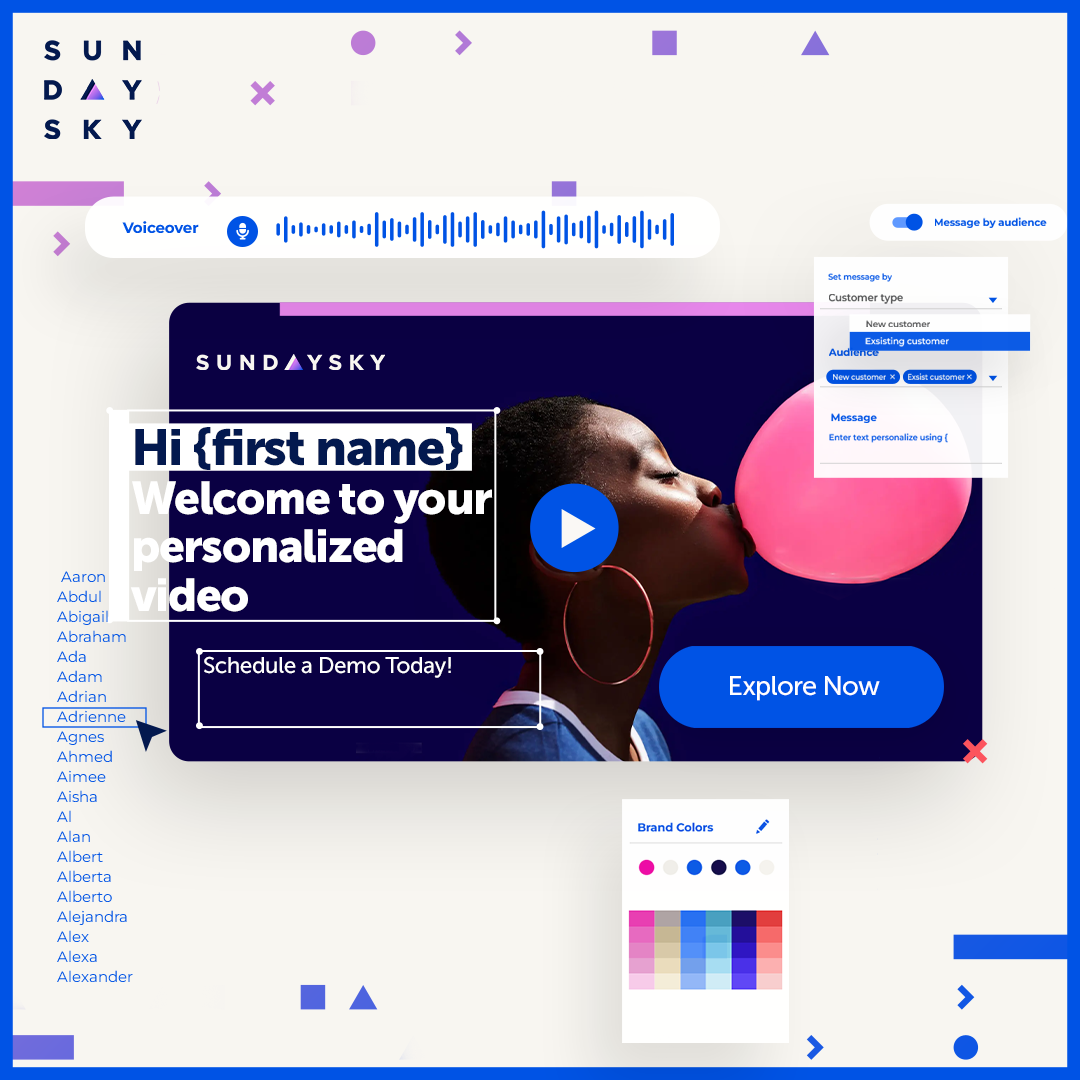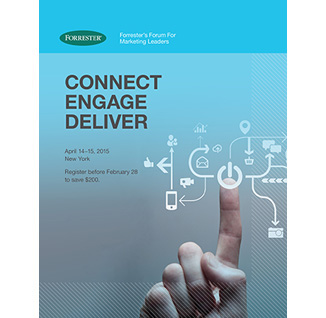
Forrester’s Marketing Leaders Forum took place in New York City for the first time, after previous years in northern California. The theme of this year’s conference was “Connect, Engage, Deliver,” and the resounding focus of discussions was to put people front and center, not the marketer nor the business. In the age of the customer, individual people are the focus, which is why the following takeaways all speak to the power of engaging with individuals.
1. Marketers are deepening personalization even further than before with true, one-to-one individualization.
Marketing leaders are learning that it is not enough to deliver mass personalized experiences. Mass personalization, or personalizing a few elements of a marketing communication, such as customer first name, last item purchased and their location, does not mean the experience is truly individualized or even relevant to the customer. Marketers are now taking steps – albeit, short ones – to better understand their customers at the individual level. By gathering and using individualized insights about their customers, marketing goals are unlimited: link online interactions to offline spend, re-engage with high-value customers, or sharpen and optimize media spend by linking the audience buy side to individuals.
2. Data is the natural energy resource fueling marketers.
Steve Yap, Google’s director of data and measurement platforms, delivered it best: “Data is the natural resource of our marketing energy. It fuels us.” Just like a natural resource, data occurs naturally and is derived from the (marketing) environment in which it exists, though not all of it is useable in its raw form. Yap further strengthened his metaphor: “Seventy percent of the world is covered in water, but only 12 percent is drinkable. Similar to data, only a small portion of it is actionable.”
The abundance of data available to marketers is greater than ever, but it needs purification by way of a central unified system – or data management platforms (DMPs) – to make it clean and thereby actionable across marketing programs. Adobe CMO Ann Lewnes agrees, stating the term ‘big data’ is just a buzzword and is amorphous. The only data that truly matters is actionable data, and centralizing data is the biggest factor in allowing marketers to use data successfully.
As marketers, we also need to adjust the way we think about data. Yap suggested not looking at the data points, but at individual people, which is why he asked, “When was the last time the CMO was in the retail store, watching customers moving and interacting? Are they engaging with products? Are they taking out smartphones to take a photo?” To Yap, these are all data points and act as micro moments in time that serve to inform the marketer, but that don’t come from a click or conversion. As marketers shift their perspective to see an individual person, rather than the data points of that person, they will inevitably engage with their customers on a one-to-one, individualized level.
3. Attribution measurement is evolving to measure customer value across the entire journey.
Forrester Analyst Tina Moffet took us through this example of her customer journey (below), but noted that today, attribution measures only the marketing impact at transactional inflection points (such as a TV ad, paid search or product registration) and not the customer interactions with the brand. It fails to show how customer preferences, segments, cadence and frequency impact the customer value, leaving marketers with a missed opportunity. Savvy brands use multiple approaches to better understand performance, and need to start injecting more customer data to measure performance across the journey. CMOs will also need to source the right data – actionable, quality data from online and offline sources – which is challenging.
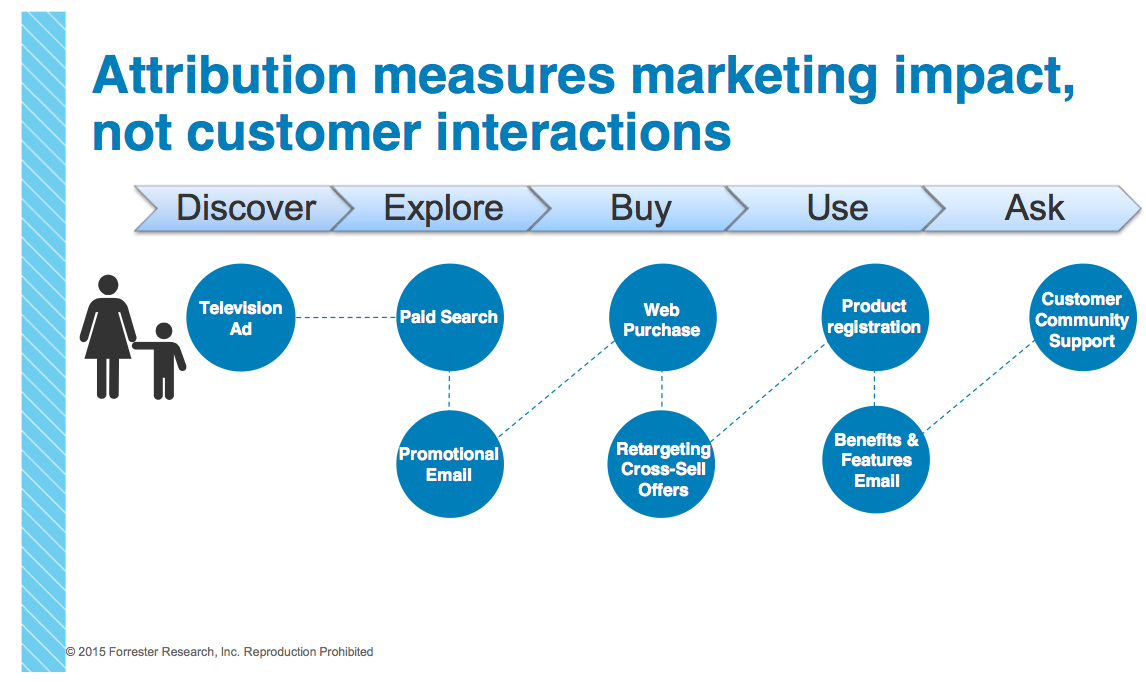
Today’s advanced attribution measurement illuminates opportunities for new media to drive higher lift in conversions and to optimize efficiencies by letting data determine where to allocate budget based on the marketer’s objectives. For instance, SundaySky customers have learned that measuring their SmartVideo programs through advanced attribution provides a true picture of how their personalized video programs perform against other marketing spend. Which leads me to the final takeaway…
4. Video is killer for marketers.
In fact, Adobe’s CMO called video the “killer app for marketing” and stated the best video is both entertaining and instructive. Analyst Jim Nail focused on ensuring your brand videos are seen, and that just because you have deployed video marketing across your customers’ screens doesn’t necessarily mean they’ll watch. While video accounts for the highest percentage of time consumers engage with media and video ads will be ubiquitous in the near future, video still needs to be personal, relevant and emotional for people to truly see it. Nail went through his six new rules for being seen with video, comparing them to the old rules:
|
|
New Rule | What It Means |
| Content Buying | Addressable Audiences | Brands advertisers will want to buy TV media similar to online media: by audience and not by TV ratings. ESPN is the first mover on the playing field by launching their TV DMP. |
| One Message for All | Match Message to Segment | Of course marketers want to personalize their video, but why stop at segments? See #1 above. |
| C-3 TV Ratings | Think Outside Primetime | 50% of consumers watch TV on their own time, slowly diminshing Nielsen’s C-3 metric for live primetime programming. |
| Buy Across TV Platform Deals | Think Outside TV Programming | Enough said. |
| Big Screens Only | More Engaged Screens | Big-screen TVs are no longer capturing consumers undivided attention, and marketers must be present across all screens. |
| Video for Brand Awareness Only | Video at All Lifecycle Stages | Video is now accountable to perform beyond top of the funnel, but at every touch point through the customer’s journey. |

